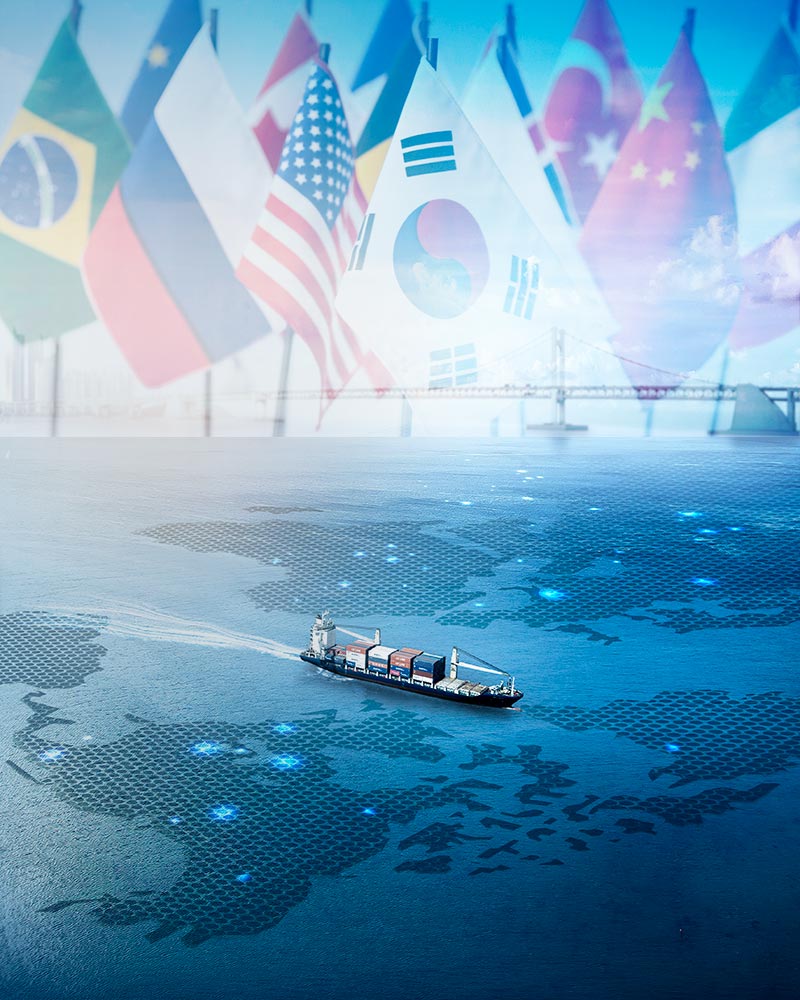A World Ruled by Might, Not by Right
• Publication date 2025-10-22
• Hit 1198

1. The Formation of the Liberal International Order
As of 2025, the central transformation in international politics is the collapse of the liberal international order. Put simply, a world ruled by might rather than right is emerging.
Unlike domestic politics, international politics lacks a central government. In this anarchic environment, the foundation of national security has always been power. For much of history, therefore, international relations were governed by the logic of force, and wars occurred repeatedly as a consequence.
World War I, which began in 1914, claimed the lives of seventeen million soldiers and civilians. In response, U.S. President Woodrow Wilson concluded that such a situation could not continue and took the initiative to establish the League of Nations. His vision was that both strong and weak nations would come together, create common norms, and live peacefully under them. However, due to the isolationist opposition of the U.S. Senate, the United States itself failed to join. As a result, the League lost its authority and could not prevent Italy’s invasion of Ethiopia or Japan’s illegal occupation of Manchuria in the 1930s. Moreover, protectionist trade policies and the Great Depression devastated the world economy, empowering populist politicians. The world eventually descended into World War II, during which seventy-one million soldiers and civilians perished.
Following the war, U.S. Presidents Franklin D. Roosevelt and Harry S. Truman once again sought to build a world governed by norms, founding the United Nations and constructing a liberal international order around it. The seed of this order was sown in the Atlantic Charter of August 1941, signed by Roosevelt and British Prime Minister Winston Churchill. The Charter’s three core principles were respect for territorial sovereignty, free trade, and democracy. These principles expanded through the Declaration by United Nations of January 1942 and were institutionalized in the United Nations Charter, which came into force in October 1945.
At the international political level, this meant respecting other states’ territorial sovereignty and right to self-determination, and upholding international institutions and norms created in the spirit of multilateralism. At the international economic level, it meant pursuing prosperity through open markets and free trade. At the domestic political level, it called for the realization of democracy that upholds the noble value of human dignity.

2. The Collapse of the Liberal International Order
This liberal international order, founded upon such principles, has operated with ups and downs but nonetheless enabled the world to enjoy greater peace and prosperity over the past eighty years. Yet the order began to falter roughly two decades ago. For example, China ignored the 2016 ruling of the Permanent Court of Arbitration and has continued to claim the South China Sea as its own, enforcing its sovereignty through force. Russia, too, invaded Ukrainian territory in February 2022. The most shocking development came in early 2025, when U.S. President Donald Trump expressed his intention to acquire territory in Greenland, Canada, and Panama.
The norms of free trade have likewise been eroding for more than twenty years. The World Trade Organization (WTO), once the pillar of the global free-trade system, has long been incapacitated. The United States, which had long criticized China for intellectual-property violations, industrial subsidies, and forced technology transfers, has now itself adopted similar protectionist measures—granting subsidies and imposing high tariffs to protect and rebuild domestic industries.
Democracy, too, has been receding across the world. Since the 1990s, globalization has intensified economic inequality and political discontent. Combined with mounting immigration pressures, this has fueled the rise of far-right and authoritarian leaders in Germany, France, the United Kingdom, Italy, Austria, Hungary, and Türkiye. As of 2024, 75 percent of the global population lives under autocratic regimes—the highest proportion since 1978.

3. The Launch of Trump’s Second Term and the Abandonment of International Leadership
The advent of Trump’s second term has dealt a decisive blow to the liberal international order. President Trump views the United States’ decades-long leadership in maintaining that order as having brought costs rather than benefits. In his view, allies have profited from U.S. security guarantees while failing to make fair contributions. Economically, globalization has hollowed out American manufacturing and transferred jobs to countries such as China. Through free trade, America’s partners have reaped unfair gains, while the dollar’s overvaluation as the global reserve currency has sustained chronic trade deficits. In the realm of democracy, figures within the Trump administration maintain closer ties with authoritarian leaders and far-right parties than with democratic allies.
Three structural factors underlie this American retreat from international leadership. The first is the relative rise of China’s power. Following the Nixon–Kissinger policy of engagement in the 1970s, China was freed from major security threats and focused on economic development. Within four decades, its economy grew from 8 percent of U.S. nominal GDP to roughly 70 percent. Gaining confidence, Beijing abandoned its “hide and bide” posture after the 2008 U.S.-triggered global financial crisis and adopted a more assertive “strive for achievement” diplomacy. Russia, Iran, and North Korea have since deepened their alignment with China, directly challenging American leadership.
Second, successive U.S. administrations failed to address the domestic political backlash against globalization. Traditional manufacturing sectors such as steel and automobiles relocated overseas, leaving behind unemployed, low-skilled workers in the Rust Belt. The government did not adequately absorb their grievances through welfare programs, retraining, or reemployment initiatives. Their resentment grew after the 2008 financial crisis, and Trump effectively mobilized this anger to gain political power. His second-term orientation toward anti-globalization, anti-immigration, and anti-China policies reflects this background.
Third, the U.S. economy now stands atop a mountain of debt. Federal debt reached $37 trillion in 2025, with annual interest payments of $880 billion exceeding the $850 billion spent on defense. Consequently, Washington has pressured its allies to raise defense budgets and shifted its strategic focus away from the Middle East and Europe toward containing China. These three dynamics have deprived the United States of the capacity to define its national interests in broad, long-term terms and to sustain leadership within the liberal international order.
The result is global disorder. As America’s leadership recedes, the logic of power replaces the authority of norms. Respect for territorial sovereignty is weakening; wars are becoming more frequent; and a protectionist tariff war led by the United States is under way. NATO, once a cornerstone of U.S.–European strategy, is showing cracks as Europe strengthens its autonomous defense capacity. Alliances with Japan and South Korea are likewise strained by tariff and investment pressures, coupled with ambiguity regarding extended nuclear deterrence. Amid these shifts, U.S.–China confrontation is deepening across diplomacy, security, the economy, technology, and ideology. In military affairs, the absence of even minimal communication channels—unlike during the Cold War—raises the risk of accidental armed conflict. Meanwhile, multilateral institutions designed to tackle shared global challenges such as climate change, pandemics, nuclear proliferation, and AI governance are growing weaker.

4. Korea’s Strategic Response: Self-Strengthening, Alliance Management, and Global Network Diplomacy
What kind of foreign strategy should South Korea pursue in this new environment?
First, in a world where law recedes and the fist draws near, the most fundamental strategy is self-strengthening. Specifically, Korea must reinforce its defense posture to prepare for external military coercion. The government reportedly plans to raise defense spending from 2.3 percent to 3.5 percent of GDP within ten years. The increased budget should be directed toward new military technologies—particularly drones and artificial intelligence—that reflect the changing nature of warfare and North Korea’s enhanced capabilities. It is also urgent to revise the Korea–U.S. Nuclear Agreement to address spent-fuel storage, the instability of uranium supply chains, and the development of new uranium materials suited to small modular reactors.
Second, despite the Trump administration’s transactional approach to the U.S.–Korea alliance, Seoul must exert every diplomatic effort to ensure continued American commitments, including extended nuclear deterrence. Korea should consistently demonstrate that a strong alliance aligns with U.S. national interests and strategic objectives. Industrial cooperation that contributes to America’s manufacturing revival should serve as a binding agent of the alliance. To this end, both countries should consider creating dedicated positions—such as special ambassadors for sectoral cooperation—to coordinate and streamline industrial collaboration more effectively.
Third, Korea must pursue a global, all-directional network diplomacy. The transformation of the international order requires Seoul to maintain its alliance with the United States while simultaneously preparing supplementary measures for contingencies. President Trump has focused primarily on economic pressure and avoided strong statements regarding extended deterrence or trilateral cooperation with Japan. Such ambiguity creates uncertainty for South Korea, particularly if renewed U.S.–North Korea talks proceed from an “America First” perspective that sidelines Seoul’s security concerns. Given Trump’s pragmatic and deal-driven style, he might even seek a grand bargain with China, reintroducing a sphere-of-influence structure into international politics. This would render the geopolitical positions of Korea and Japan precariously uncertain. Korea must therefore strengthen its diplomatic footing by constructing a broad global network.
The second focal point of Korea’s network diplomacy should be the Global South. Korean diplomacy has long remained confined to the framework of the four Northeast Asian powers and North Korea. While managing relations with the United States and China and addressing the North Korean issue remain essential, Korea’s growing international stature demands a broader vision. Korea’s economic dependence on U.S. and Chinese markets is excessively high, leaving it among the most vulnerable to their trade and technology rivalry. Strengthening cooperation with Global South partners will diversify Korea’s trade structure and stabilize supply chains. Among these partners, India stands out as a democratic nation with the potential to become the world’s third-largest economy and a natural strategic partner. Korea should also join the Comprehensive and Progressive Agreement for Trans-Pacific Partnership (CPTPP) to expand its economic diplomacy.
Finally, what Korea needs most in this era of global turbulence is national unity—and this requires genuine effort from political leaders and opinion makers alike. As the world shifts rapidly, domestic division driven by partisan interests is deeply detrimental. The resurfacing of terms such as “pro-alliance faction” and “self-reliance faction” is anachronistic. Only when the Korean people unite around the national interest will surrounding great powers hesitate to treat the country lightly. The painful experience of Korea’s loss of sovereignty in the late nineteenth century offers an enduring lesson for the present moment: when the liberal international order trembles, national unity becomes the ultimate defense.



